ABSTRACT NUMBER: FEGGETTER MEDAL FOR SENIOR TRAINEES (ST3+)_4 MAIN ABSTRACT TEXT Introduction Esophageal cancer is the seventh most common cancer worldwide with over 570,000 new cases annually. Its pathology is relatively less understood and due to its aggressive nature, the 5-year survival rate is 15–20%. Despite the advancement in diagnostics, intraoperative technology, oncological interventions, and…
Comparison of the histopathological regression after neoadjuvant FLOT versus ECX in resectable gastroesophageal adenocarcinoma
ABSTRACT NUMBER: FEGGETTER MEDAL FOR SENIOR TRAINEES (ST3+)_3 MAIN ABSTRACT TEXT Introduction Neoadjuvant chemotherapy (NAC) with the FLOT regimen is increasingly used in the treatment of resectable oesophagogastric cancer (OGC). Histopathological tumour regression (TRG) is associated with a prognostic benefit. There is paucity of data on whether pathological complete response (pCR) rates between FLOT and…
Risk factors associated with not receiving adjuvant chemotherapy for locally advanced oesophagogastric adenocarcinoma
ABSTRACT NUMBER: FEGGETTER MEDAL FOR SENIOR TRAINEES (ST3+)_2 MAIN ABSTRACT TEXT Introduction Perioperative chemotherapy is standard of care in the curative treatment of locally advanced oesophagogastric adenocarcinoma (OGA) in the UK. There is however large number of patients who don’t undergo adjuvant component of both of these perioperative regimens. This study aimed to investigate factors…
Upper airway immune dysfunction in otitis media with effusion (OME)
ABSTRACT NUMBER: FEGGETTER MEDAL FOR SENIOR TRAINEES (ST3+)_1 MAIN ABSTRACT TEXT Introduction Otitis media with effusion (OME; ‘glue ear’) is the most common cause of reversible hearing loss in developed countries. In the UK every year 24,000 children undergo surgery (grommets +/- adenoidectomy) for OME. Despite this, the mechanism by which adenoidectomy improves the resolution…
Development of a targeted Dual-Modality (PET/NIRF) radioimmunoconjugate for fluorescence guided sarcoma surgery
ABSTRACT NUMBER: NESS PRIZE FOR JUNIOR TRAINEES (BELOW ST3)_8 MAIN ABSTRACT TEXT Introduction Fluorescence guided surgery (FGS) for sarcoma resection is an evolving field, with the aim of reducing the positive margin rate and improving patient outcomes. Currently, only non-targeted dyes such as indocyanine green are adopted for clinical use, with known limitations. A sarcoma…
Image-analysis algorithm to determine quality of cold perfusion in kidney transplantation
ABSTRACT NUMBER: NESS PRIZE FOR JUNIOR TRAINEES (BELOW ST3)_7 MAIN ABSTRACT TEXT Introduction Surgeon assessment of visual ‘quality of perfusion’ (QOP) influences kidney discard and predicts transplant outcome. However, this assessment is subjective and bias-prone. We aimed to design an “App” utilising a smartphone camera to make this assessment objective and enhance decision making. Methods…
Intra-operative vasopressor usage in free flap reconstruction: should we be worried?
ABSTRACT NUMBER: NESS PRIZE FOR JUNIOR TRAINEES (BELOW ST3)_6 MAIN ABSTRACT TEXT Introduction The role of vasopressors has long been a subject of debate in microsurgery. Conventional wisdom dictates the avoidance of vasopressor use, due to concerns that by causing peripheral vasoconstriction, inducing vasospasm of the anastomoses and leading to failure in perfusion. It has…
The midline vertical skin incision laryngectomy approach results in reduced complications with no compromise to survival or recurrence
ABSTRACT NUMBER: NESS PRIZE FOR JUNIOR TRAINEES (BELOW ST3)_5 MAIN ABSTRACT TEXT Introduction A total laryngectomy (TL) involves removal of all laryngeal structures and a portion of the trachea and is typically used to treat locally advanced laryngeal or hypopharyngeal cancer. The literature describes various incisions, but very limited research exists on the impact of…
Ultrasound Guided Skip Incisions During Femoropopliteal Bypass Improves Post-Op Pain and Mobility Without Compromise To Complications or Amputation Free Survival
ABSTRACT NUMBER: NESS PRIZE FOR JUNIOR TRAINEES (BELOW ST3)_4 MAIN ABSTRACT TEXT Introduction Femoropopliteal (and femoro-tibial) bypass is a well recognisable and durable surgical option for occluded femoro-popliteal segment. Ipsilateral great saphenous vein, if suitable, has been the most usable graft. It could be reversed or used in situ after valvulotomy. Previous studies have demonstrated…
Perioperative hypothermia and hip fracture surgery: a retrospective cohort study
ABSTRACT NUMBER: NESS PRIZE FOR JUNIOR TRAINEES (BELOW ST3)_3 MAIN ABSTRACT TEXT Introduction Perioperative hypothermia regularly occurs in hip fracture care despite routine active warming. Few studies have focussed on hypothermia rates in hip fracture surgery, instead, principles from general surgery papers are applied. Methods We performed a retrospective cohort study investigating patient body temperature…
